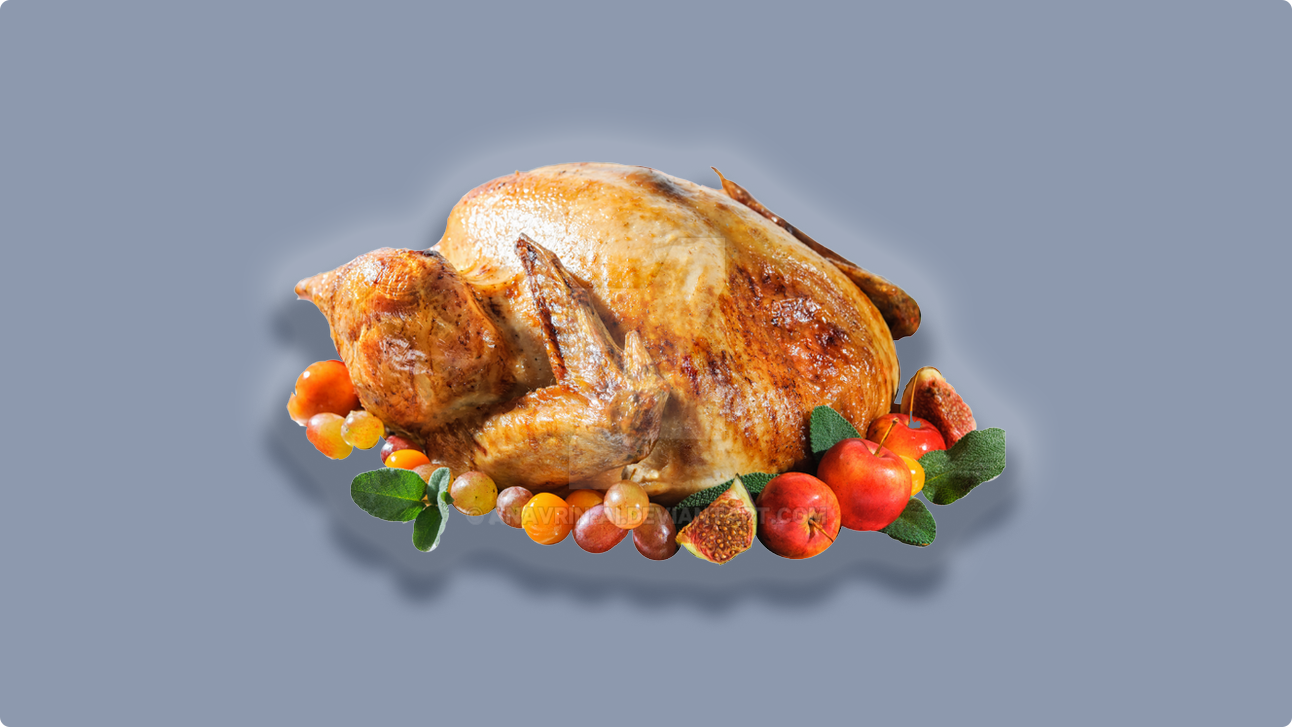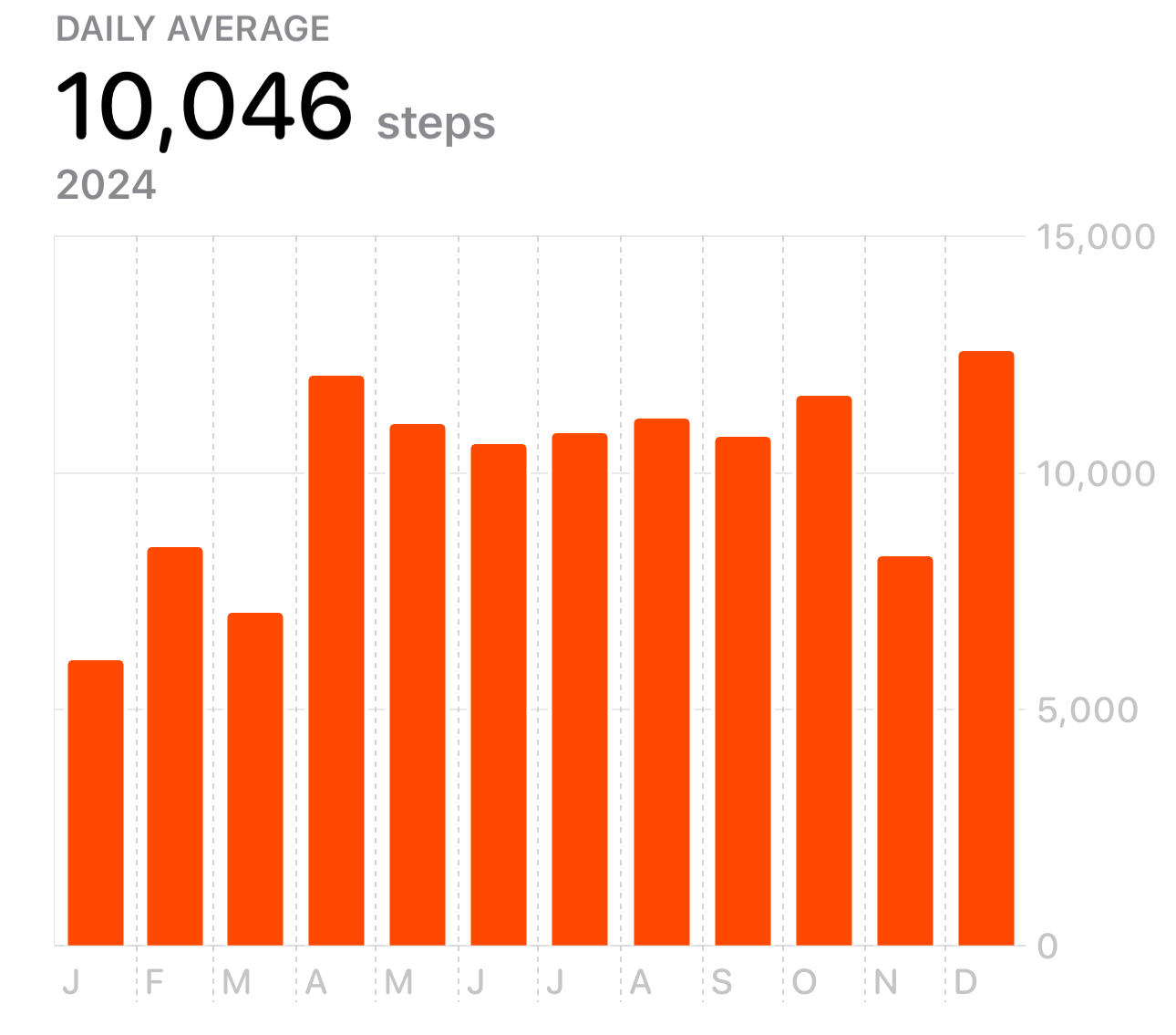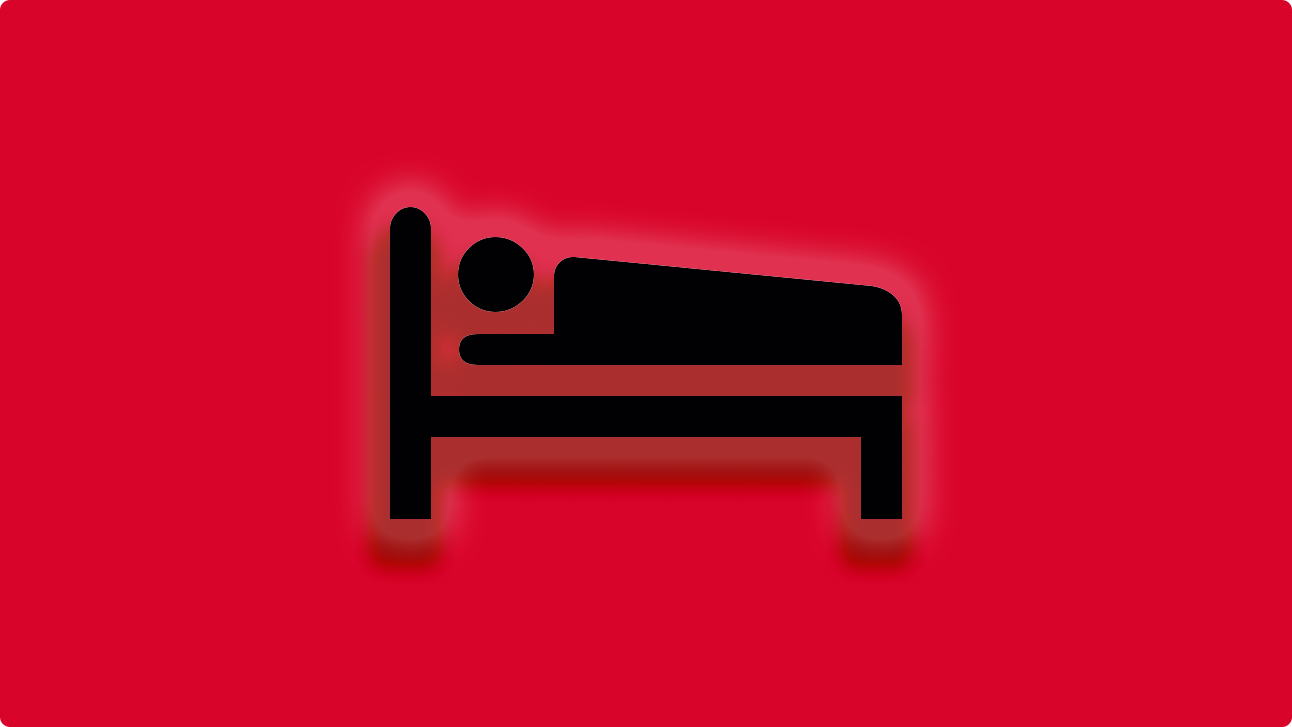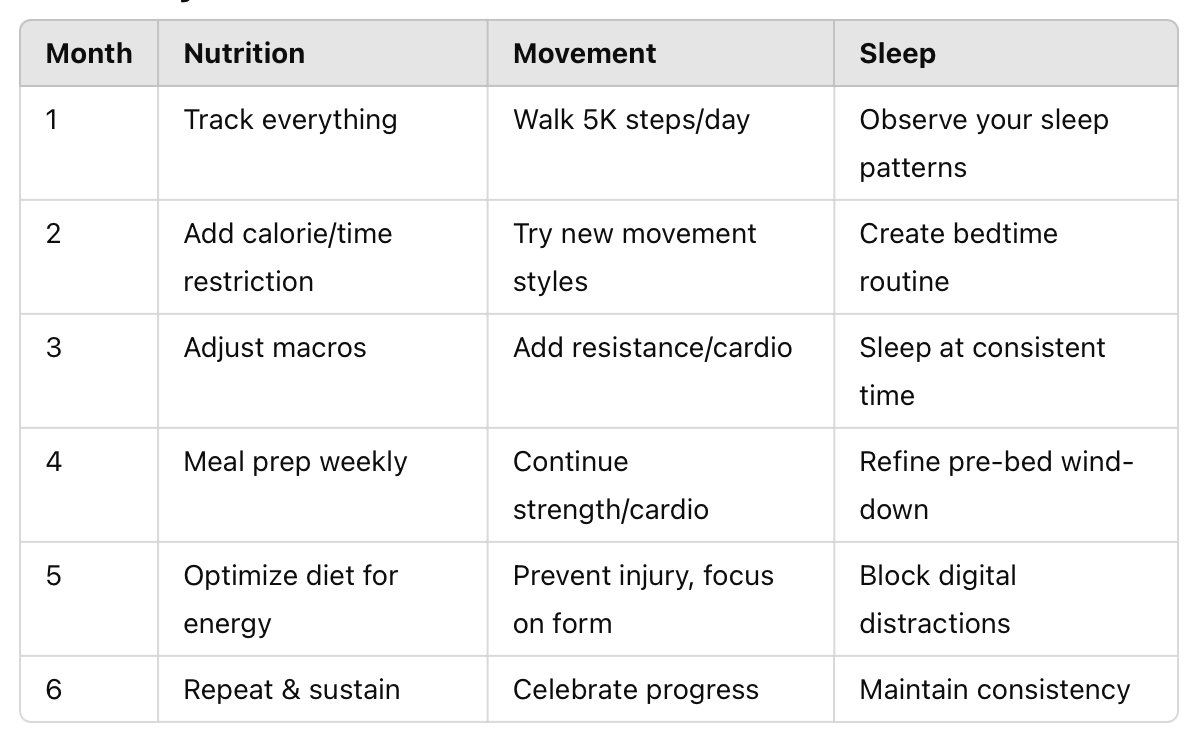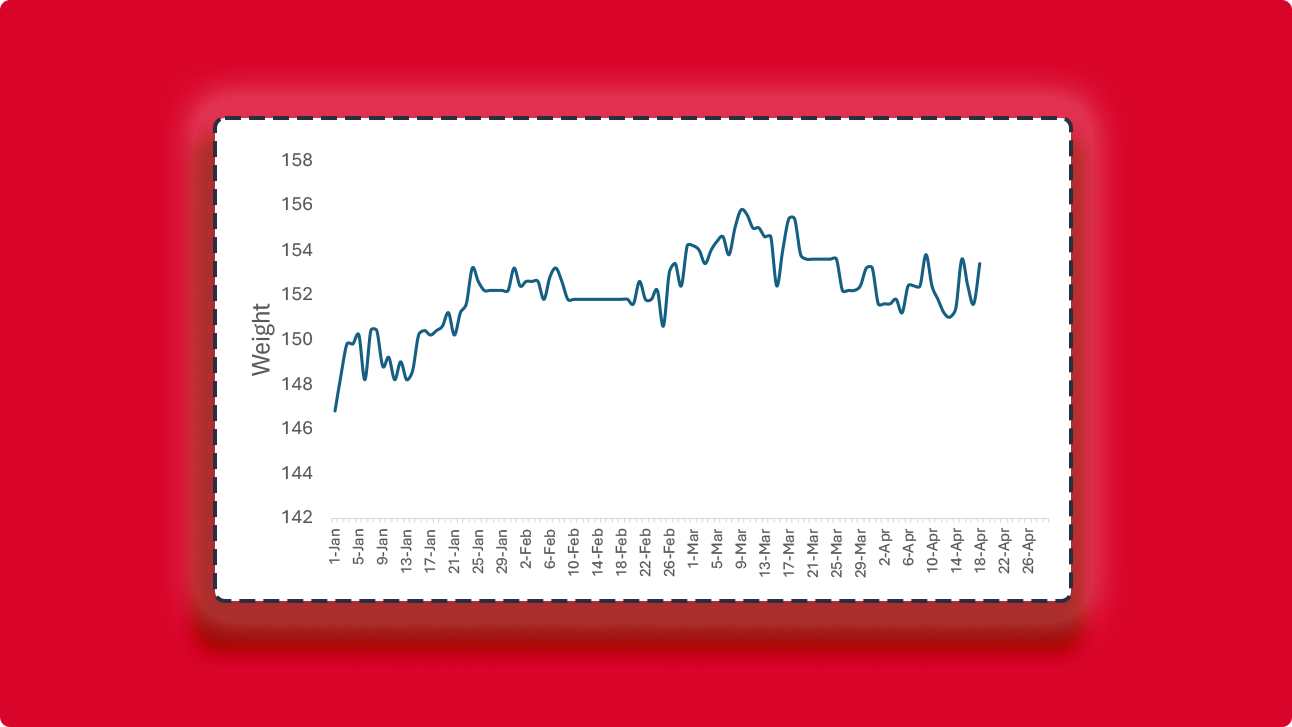You can change your health in 6 months
It's easier than you think to prioritize your longevity
Top of the morning, sapien. Welcome to Common Sense Medicine, where I try and keep you up to date on the latest and greatest in longevity science.
The title of this post is all about the inspiration that I’m trying to give myself. A year ago, I was in a rut in my life — didn’t really have a fitness base, was just trucking along, without a good plan about getting my health in order. Now I have specific, measurable goals.
I’m recopying them below, just so that I’m aware of them and that I’m making them more specific, actionable, and achievable. One of the things that I’ve been focusing on is a way to follow through on the promises that I set for myself, and that starts with utmost focus on key priorities and making sure that they don’t shift from month to month.
Exercise: I will complete my hypertrophy program with 4 sessions per week through April (Specific, Measurable), then do the 30/30 run-walk plan daily in May (Achievable, Time-bound), and begin structured half-marathon base training with 3–4 runs and 1 cross-training session per week in June (Relevant, Measurable, Time-bound).
Diet: I will keep my daily saturated fat intake under 30g (Specific, Measurable), and cook one new recipe each week (Achievable, Relevant), tracking both in a food log or app (Time-bound).
Content: I will publish one blog post and one video (short or YouTube) per week (Specific, Measurable), using a set content schedule and calendar to stay consistent and finish Q2 with 12 blog posts and 12 videos (Achievable, Relevant, Time-bound).
THE WEEKLY DOSE
A lot can change in a few months
More than a year ago, I felt tired, sluggish, and overwhelmed. I wasn’t sick—or so I thought. But a visit to the doctor revealed my bloodwork was awry. I knew I had a genetic predisposition for these issues, but seeing the numbers in black and white was a wake-up call.
I decided to go back to the basics and figure out how to take control of my own health. Since then, I’ve made small but consistent changes to my diet, movement, and sleep.
I didn’t give up dessert. I didn’t go on a 30-day detox. But I did build a system that worked—and I believe anyone can do the same. I’ll show you exactly how.
The 3 Pillars of a Health Transformation
1. 🥗 Nutrition
I started with the simplest lever—what you eat. But simple doesn’t mean easy. In the beginning, I didn’t follow a specific diet. Instead, I just tracked everything I ate using the LoseIt app and a food scale. I didn’t aim for perfection. I just wanted to become more aware.
This awareness helped me learn: salads weren’t filling me up, and desserts packed way more carbs than I realized. That feedback loop was essential. In Month 2, I began layering in caloric restriction and intermittent fasting (time-restricted feeding). I lost 10 pounds without changing my exercise routine.
From there, I used a TDEE (Total Daily Energy Expenditure) calculator to understand how many calories I burn at rest. Then I compared that to what I was eating. Once you know those two numbers, you can experiment: reduce calories, adjust macronutrients, or time your meals better.
Eventually, I found I work best on a high-protein, low-carb (>150 g of protein / day diet. I rely on foods like almonds, walnuts, eggs, chicken, and avocado—nutrient-dense, filling, and easy to track.
Example day of eating:
Lunch: Chicken salad with marinated peppers, mushrooms, onions, avocado, and nuts
Dinner: Eggs with cheese3
Snacks: Yogurt with blueberries (yum!)
At Chipotle, I order the same bowl every time because I know the macros. My go-to order is: chicken, black beans, no rice, extra cheese, extra lettuce, sour cream, and corn. It’s predictable, satisfying, and makes tracking easier. Once you have a meal that you enjoy and fits your goals, sticking with it takes the guesswork out of your nutrition.
2. 🏋️ Movement
In Month 1, I didn’t even touch a gym. I started walking. 5,000 to 10,000 steps a day and stretching post-work.
By Month 2 and 3, I started layering in low-resistance workouts: light jogging, yoga, bodyweight routines. The key was to avoid injury and build consistency. One day, I replaced my usual TV time with a 20-minute YouTube mobility session—and felt incredible the next morning.
By Month 4, I introduced resistance training and cardio. It doesn’t have to be lifting heavy at the gym. You can try SolidCore, Pilates, or resistance bands (never tried the first two but other people said they’re amazing for their core). The focus should be: Do something you enjoy. Do it consistently.
Personally, I rotate between cardio seasons and strength seasons. It helps me stay focused and avoid burnout. Most importantly, I built a sustainable routine I could actually look forward to.
Some weeks I did three bodyweight workouts from home. Other weeks, I ran 2–3 miles after work just to clear my head. And honestly, there have been entire weeks—like recently—where I didn’t go to the gym at all.
For the past three weeks (writing this a couple of weeks ago), I’ve fallen off. It happens. But I’ve learned that it’s a lot easier to stay consistent when you actually look forward to your workouts. It has to be sustainable. The goal isn’t to punish yourself or beat yourself up for missing a day. The goal is to build a lifestyle you want to return to, even after a setback. It doesn’t have to be perfect—just consistent and enjoyable enough to stick with.
3. 🌙 Sleep & Mindset
Sleep is the secret glue holding your system together.
In Month 1, I simply observed my sleep. Was I staying up later on weekends? Was my sleep consistent? I didn’t judge—I just took stock.
Month 2 and 3 were about creating a consistent bedtime. I left my phone outside the bedroom. I started treating sleep like a non-negotiable meeting.
Month 4 and beyond became about optimizing the wind-down routine: turning off screens early, journaling before bed, and creating boundaries between work and rest.
One night, I had a flash of creativity right before bed. Instead of chasing the idea, I wrote it down and scheduled 15 minutes the next morning to act on it. That discipline helped me preserve my sleep. This happens more often than I care to admit, I’ve been using VoicePal to capture these newsletters as they come to me.
Jerry Seinfeld has a rule: Never miss two days in a row. It’s a simple but powerful concept. If you miss one day of a habit—whether it’s writing jokes, exercising, or getting to bed on time—it’s no big deal. Life happens. But the real danger is in letting it slip two days in a row. That’s when habits break, guilt builds, and it becomes easier to abandon your routine entirely. Applied to sleep, this means if you miss a good night, don’t beat yourself up—but make sure the very next night, you’re back on track. It’s a rule that values consistency over perfection.
Health Is a System, Not a Willpower Game
You can’t rely on motivation alone. You need systems.
Here’s how I structured mine:
Month-by-Month Health Stack:
The One-Change Challenge
If you want to change your health in 6 months, don’t overhaul everything today. Just make one change.
Pick one:
Track your food for 7 days
Go for a 10-minute walk every day this week
Set a consistent sleep time
Observe. Adjust. Repeat. That’s how you win the long game.
Why 6 Months?
Six months is long enough to see real change but short enough that you can actually commit. I like to think in three-month blocks, which makes any goal more tangible: 12 weeks, 84 days. It gives me two distinct checkpoints, with two quarters’ worth of goals to evaluate my progress. It’s how I’m tracking my progress towards the half-marathon.
You can transform most aspects of your life in six months—why not start with health? It’s the foundational layer that everything else builds upon. When your health slips, other disciplines usually follow. But when you prioritize it, everything improves.
In medical school, I worked with a patient who had tried to quit smoking multiple times but never succeeded. He wasn’t motivated until he said he wanted to play soccer with his son. That motivation changed everything. Health transformation works the same way. You need to find your why and hold onto it when things get tough.
FIGURE OF THE WEEK
Q1(+2) 2025: Hypertrophy Cycle Progress
The upshot: While we’re not at the highs that we saw at the beginning of March, have started to work on moving back up to there.
Context: Weight is hovering at a stable point, trying to push it up as much as I can but honestly trying to keep it as stable as I can. Tracking everything is a big headache, so I suspect that it’s partly due to the fact that I’m not tracking as much, but just trying to eat as much as I can while eating as healthy as a diet that I can. I’m also getting back in the gym and getting into a good routine, so we’re moving up which is encouraging.
REMEMBER, IT’S JUST COMMON SENSE.
Thanks so much for reading! Let me know what you thought by replying to this email.
See you next week,
Shree (@shree_nadkarni)
The information provided here is not medical advice. This does not constitute a doctor patient relationship and this content is intended for entertainment, informational, and educational purposes only. Always consult with a doctor before starting new supplementation protocols.
754 calories, 54.4 g of Fat (incl. 10.5 g of saturated fat which I’m trying to cut), 635.3 mg of sodium, 34.5 g of carbs, and 47.4 g of protein. It includes peanut butter, organic protein powder (from Orgain), Creatine, and Spinach (with ice and water)
Ultra-processed, also trying to get rid of these.
Also pretty processed, and has a bunch of saturated fat. It’s such a hard balance keeping everything tasty, and without carbs too.


